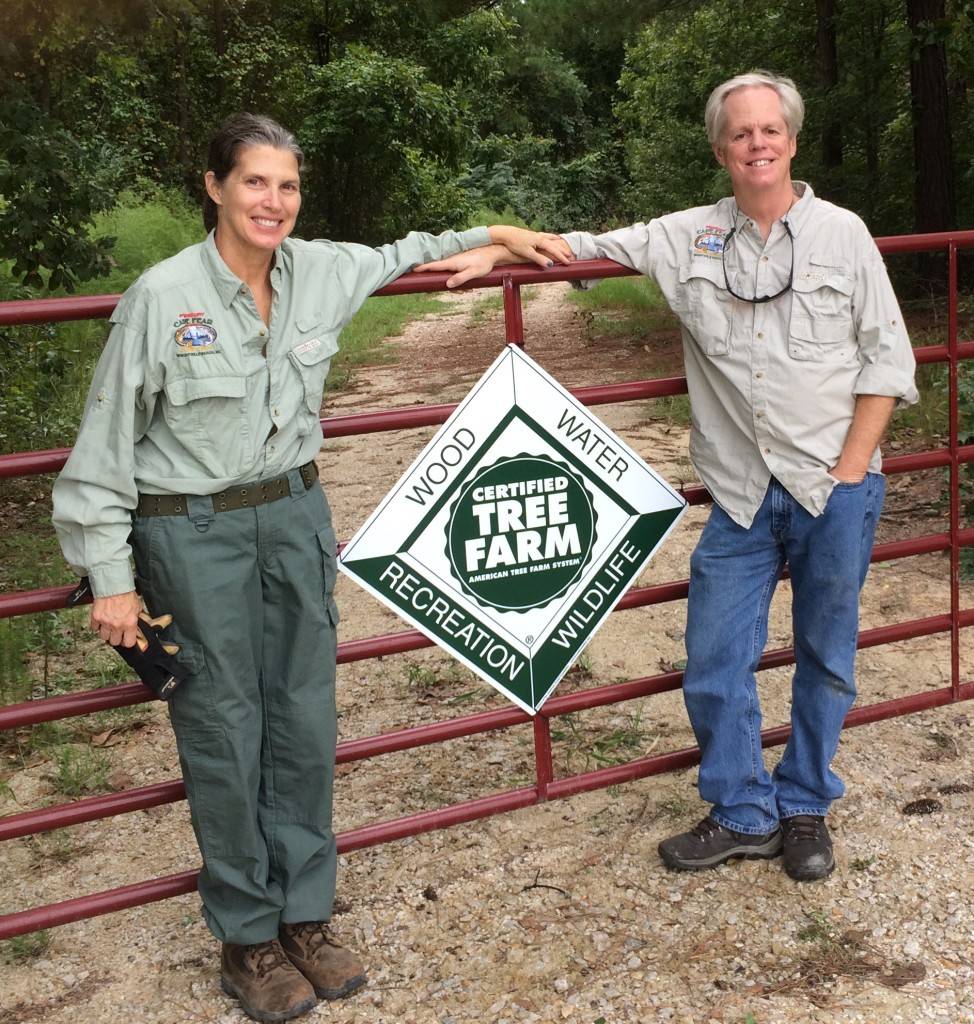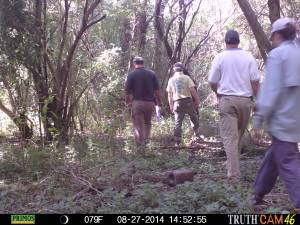“A society grows great when old men plant trees whose shade they know they shall never sit in.” – Greek Proverb
“The best time to plant a tree was twenty years ago. The second best time is now.” – Chinese Proverb

“A society grows great when old men plant trees whose shade they know they shall never sit in.” – Greek Proverb
“The best time to plant a tree was twenty years ago. The second best time is now.” – Chinese Proverb
Establishing Longleaf pines (LLP) on old agricultural fields is particularly challenging due to aggressive weed species and high soil fertility. Careful site preparation is important for success. Continue reading
As we have added to the acreage on our timber farm, two of the parcels included some established cropland. When purchased, the cropland was tended by local farmers and plantings rotated based on market conditions. Two of the typical crops were cotton and tobacco. The former requires quite a bit of chemical augmentation and with the latter we had ethical/moral concerns. Neither really fit with our overall goals to improve habitat for all wildlife. This left us with some decisions about the best management for these areas. We actively sought out other options and eventually learned about the Conservation Reserve Program (CRP).
On an earlier post, I discussed the need to manage beavers on our timber farm. While the beaver furs have little market value these days, they are still really nice furs. I think they are worth the effort to process. It is hard for me to totally waste such a beautiful animal. They need managing but they deserve respect. In this post I will describe how these animals were recycled into a beautiful blanket that has provided some toasty evenings on the couch watching TV. Continue reading
 One of the true highlights of our first year of land ownership was achieving American Tree Farm System (ATFS) Certification. “ATFS-certified family forests meet eight standards of sustainability and are managed for multiple purposes: water, wildlife, wood and recreation.” All Certified Family Forest owners have a management plan that addresses air, water, soil quality, wildlife, special sites, invasive species and integrated pest management as described in the ATFS Standards of Sustainability. Continue reading
One of the true highlights of our first year of land ownership was achieving American Tree Farm System (ATFS) Certification. “ATFS-certified family forests meet eight standards of sustainability and are managed for multiple purposes: water, wildlife, wood and recreation.” All Certified Family Forest owners have a management plan that addresses air, water, soil quality, wildlife, special sites, invasive species and integrated pest management as described in the ATFS Standards of Sustainability. Continue reading
If you remember back to the beginning of this blog, you remember that the lead introduction to land acquisition was my adventure into leasing hunting land. This post will highlight some of the early hunting related experiences associated with our new timber farm acreage. Since it is a discussion about hunting, there will be discussions and pictures of dead animals so proceed with caution! Continue reading
We have been fortunate to get lots of professional input into our land management, from state, private, and NWTF foresters along with NRCS officials and state biologists.  It was pretty much a universal opinion that our first goal was to do a controlled burn of the forest areas. Needless to say, we needed a lot of education about this as the thought of setting fire to our woods was scary, if not outright frightening. So, the knowledge search was on! Continue reading
It was pretty much a universal opinion that our first goal was to do a controlled burn of the forest areas. Needless to say, we needed a lot of education about this as the thought of setting fire to our woods was scary, if not outright frightening. So, the knowledge search was on! Continue reading
As mentioned before, we had a short, complementary management plan from the NC Forest Service that served to assure our tax basis as agriculture. Technically we are a Timber Farm. We are farmers! Exciting, but believe me when I say that we are glad we don’t have to make a living from this. While this plan was very useful, in our minds it didn’t offer much direction for general habitat improvement directed at all the native flora and fauna. This is where the National Wild Turkey Federation (NWTF) in general, and Graham Hanson in particular came to the rescue. Continue reading
While the first impetus for a land purchase was deer hunting, what we really were searching for was acreage of enough size and with enough varied features to facilitate a variety of outdoor activities. Our family likes to fish, hunt, watch wildlife, hike, etc. We set our target on 100 acres or so with woods and water. We really knew nothing about purchasing undeveloped property, and quite frankly, most of what we have learned, we learned after the purchase! Continue reading